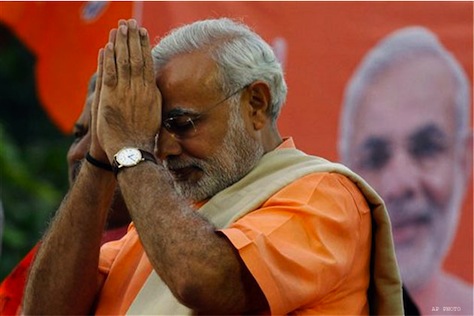When Jacob Zuma, now poised for an almost certain second term as South Africa’s president, faced criminal rape charges in 2006 stemming from sexual relations with a woman that he knew to be HIV positive, he later remarked that he didn’t use a condom and claimed that he took a shower afterwards to reduce the risk of contracting HIV. ![]()
So when he emerged in 2007 as the heir apparent in the ruling African National Congress (ANC), there wasn’t much hope that Zuma would necessarily bring an incredible amount of sophistication to HIV/AIDS policy in a country that’s long suffered from health policy failures.
Yet almost immediately after becoming the country’s third post-apartheid president in 2009, Zuma effected nearly a 180-degree turn on HIV/AIDS policy. There was little doubt that his HIV/AIDS policy could be any worse than that of his predecessors.
Notwithstanding the triumph of Nelson Mandela’s historic presidency, Mandela himself admitted in the 2000s that he didn’t do enough to acknowledge the growing threat of HIV/AIDS infection, which would ultimately kill Mandela’s youngest son Makgatho, a fact that Mandela made public upon his son’s death in 2005.
His successor, Thabo Mbeki, was even worse. A proponent of aberrant medical theories that HIV, in fact, might not cause AIDS, Mbeki stalled as the rest of sub-Saharan Africa embraced new treatments and prevention strategies, leading to what some studies claim to be over 300,000 premature deaths in South Africa.
South Africa, like the rest of southern Africa, has one of the world’s highest HIV/AIDS rates. Like many issues in South Africa, race plays a significant role — a recent survey showed that the HIV rate among black Africans is around 15%, with a 3% rate among the ‘coloured’ (the South African term for mixed-race persons) population and a 0.3% rate for whites. The highest risk is for black females, aged 15 to 49, who are affected at a rate of 23.2%.
* * * * *
RELATED: Even with victory assured, is the ANC’s future at risk?
* * * * *
Zuma is almost certain to be reelected as president after the May 7 parliamentary elections that will, once again, return the ruling ANC to power. But amid widespread unhappiness over South Africa’s economic performance and its government’s record on everything from individual rights to corruption, Zuma’s policy turn on HIV/AIDS could ultimately become the strongest policy accomplishment of an otherwise disappointing presidency. Continue reading Zuma is strongest president on HIV/AIDS in South African history

